Created while Robert Houle (b. 1947) was in residence at the Winnipeg Art Gallery in 1989, Muhnedobe uhyahyuk consists of four monumental abstract paintings, each named after an apostle of Jesus and derived from sketches for Houle's earlier work Parfleches for the Last Supper, 1983.
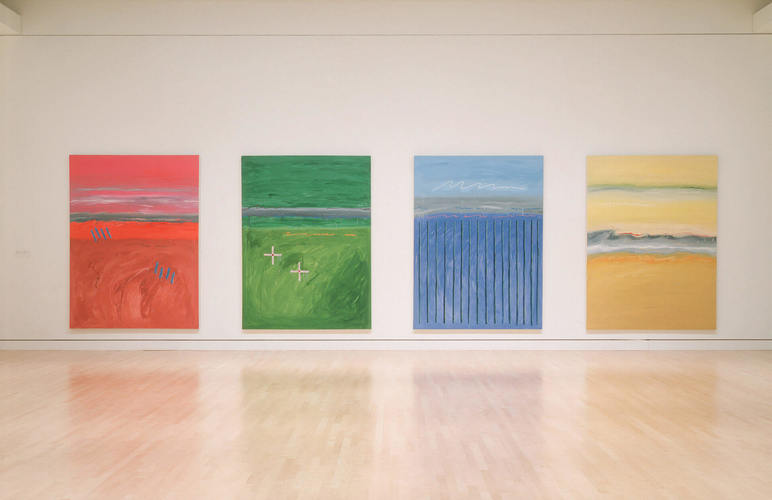
Robert Houle, Muhnedobe uhyahyuk (Where the gods are present), 1989, (Matthew, Philip, Bartholomew, Thomas)
Oil on canvas, four paintings, each 244 x 182.4 x 5 cm, National Gallery of Canada, Ottawa
Situated near Houle’s childhood home, the sacred place referred to in these paintings is a revered natural phenomenon that was legendary and a site of pilgrimage for the Saulteaux. It is also the place from which the province of Manitoba derived its name. The Anishnabec refer to it as Manitowapah or manitou-pii-uhyàhuk. Approximately 200 kilometres northwest of Winnipeg, it is a specific spot where the current ebbs and flows on a narrow stretch of Lake Manitoba. As the water hits the porous limestone of the shore, it makes a muffled drone resembling faraway drums, creating the sound of ke-mishomis-na-ug (“our ancestors”), believed to be the voice of Manitou (the sacred spirit being). For the Saulteaux, the Narrows are known as muhnedobe uhyahyuk, meaning the “divine straits,” or translated as “the place where the gods are present.”
Muhnedobe uhyahyuk is a work of re-appropriating and reclaiming Manitoba. Although, with an ambiguous painterly horizon line, the paintings allude to the landscape, Houle did not create the works as landscape paintings. Rather, they are “landscapes for the mind.”
This Spotlight is excerpted from Robert Houle: Life & Work by Shirley Madill.
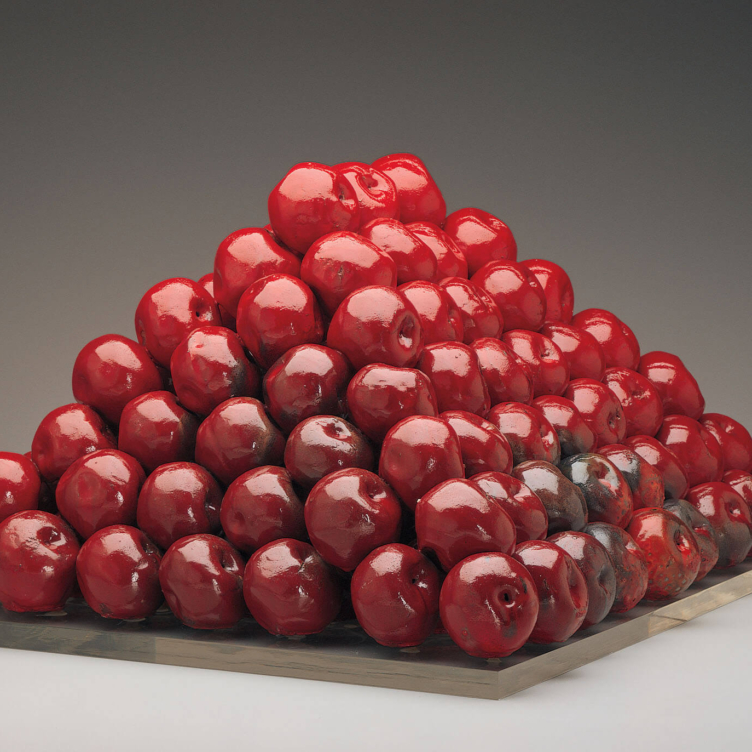 Pyramid Scheme
Pyramid Scheme
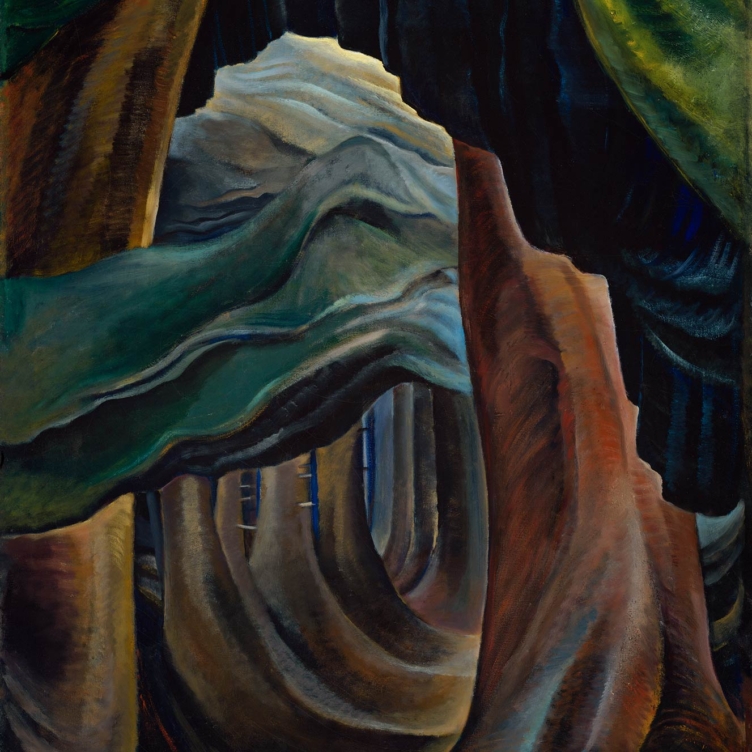 Transportive Trunks
Transportive Trunks
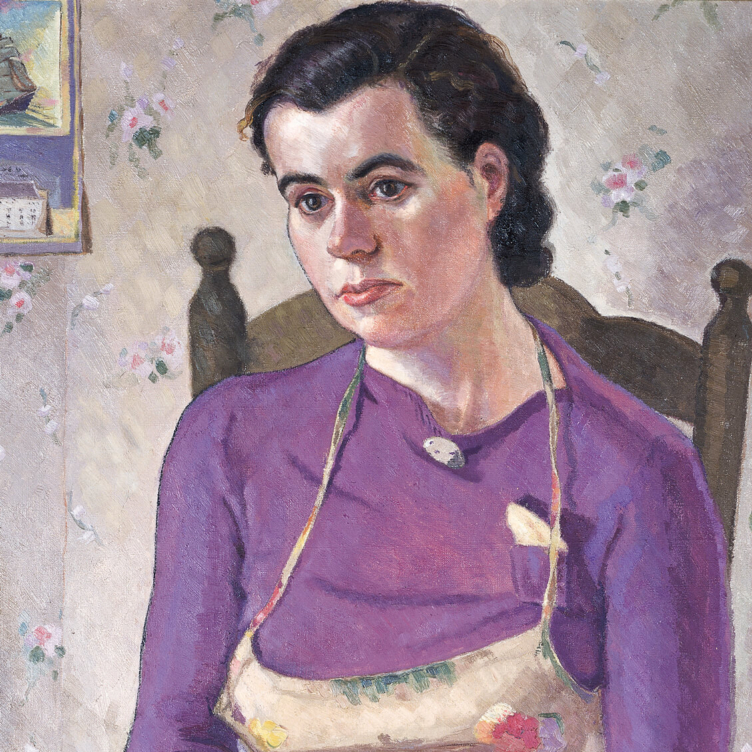 The Military Mate
The Military Mate
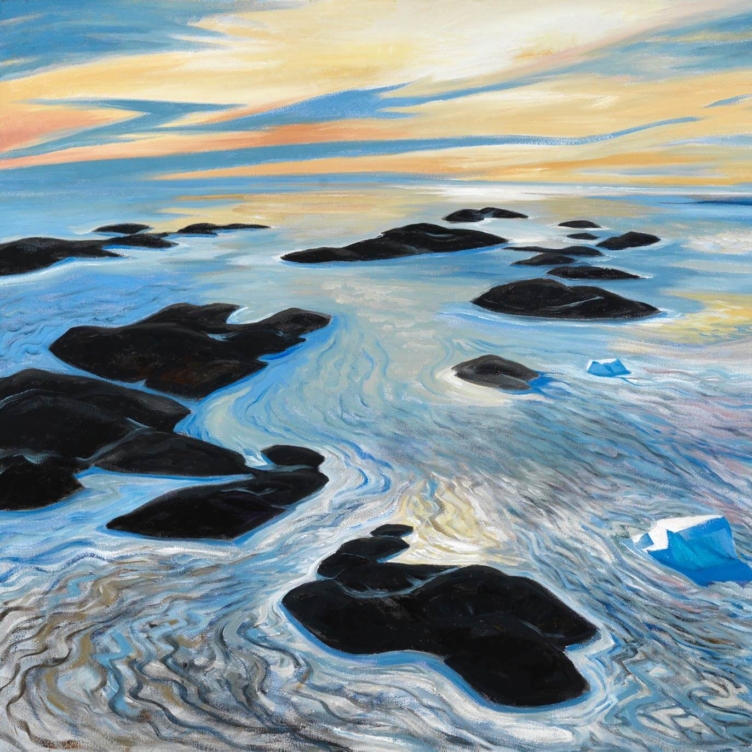 Looking Up on the World
Looking Up on the World
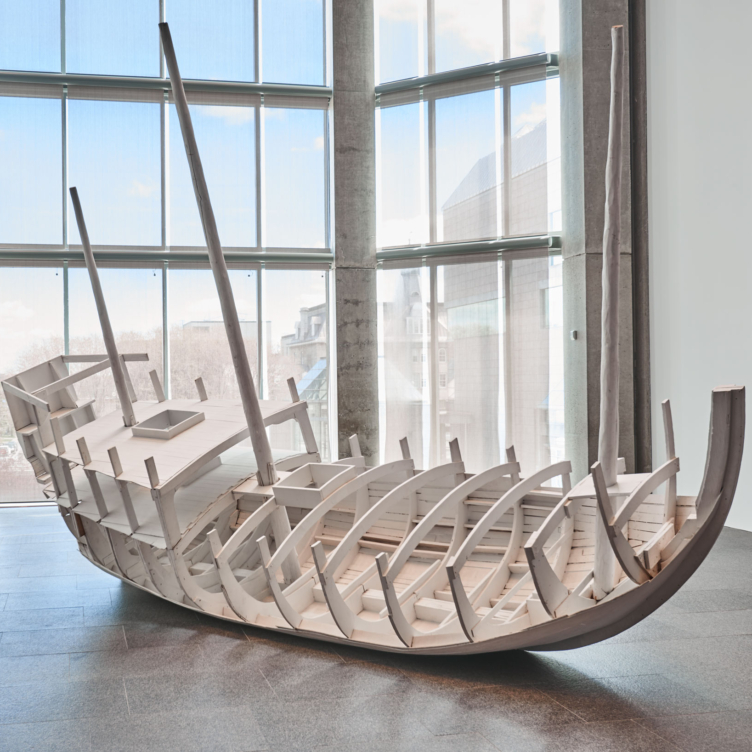 Vessel of Despair
Vessel of Despair
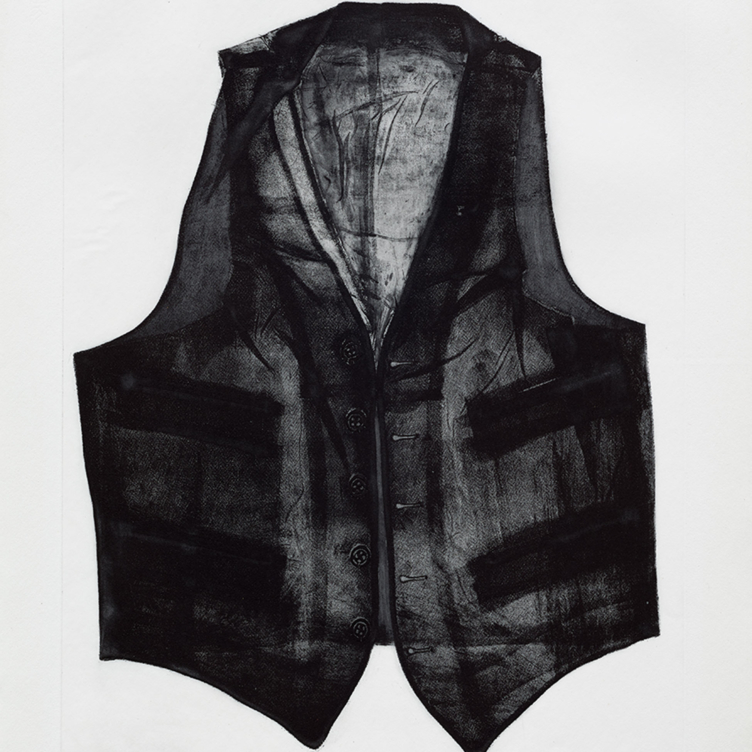 Layers of Meaning
Layers of Meaning
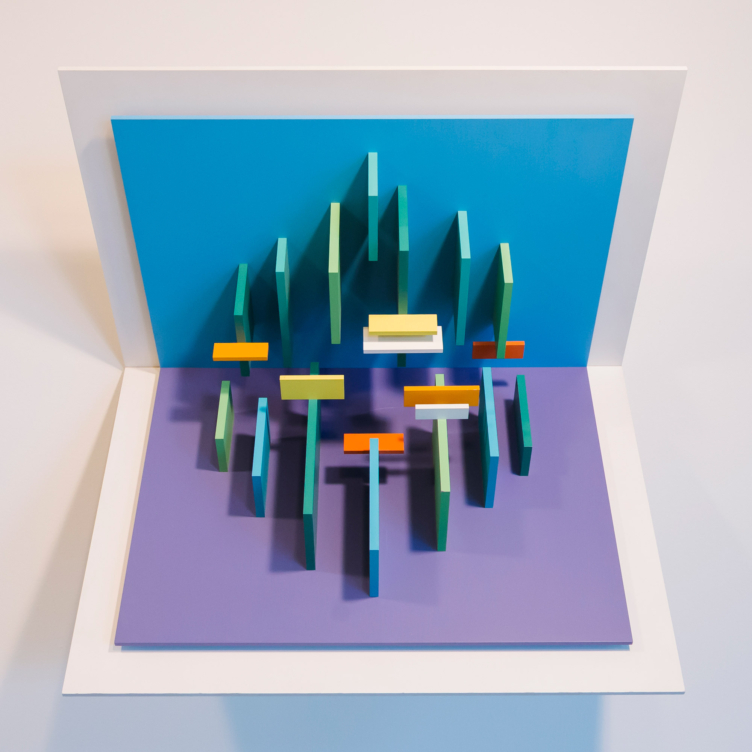 In Parallel to Nature
In Parallel to Nature
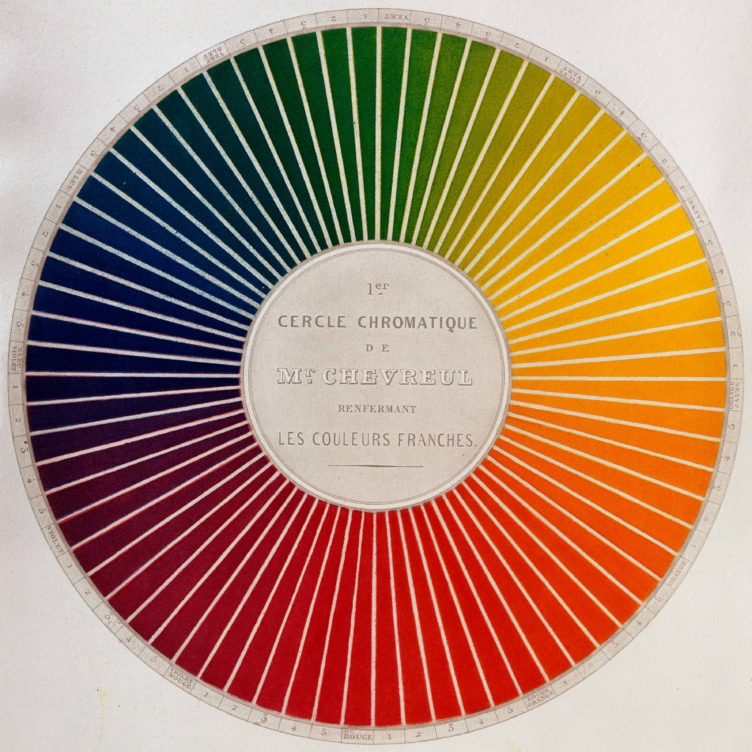 Wheel of Fortune
Wheel of Fortune
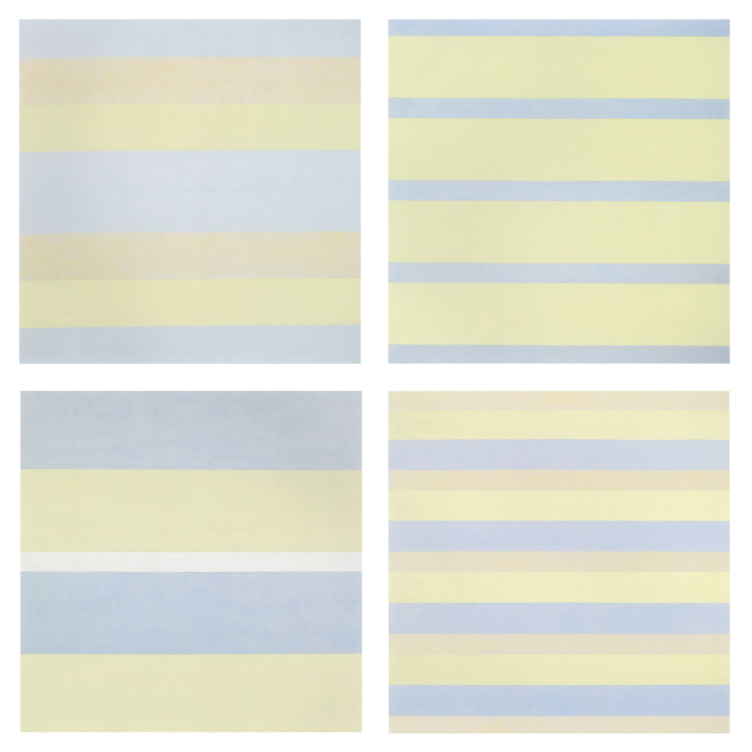 Paintings after emotional states
Paintings after emotional states
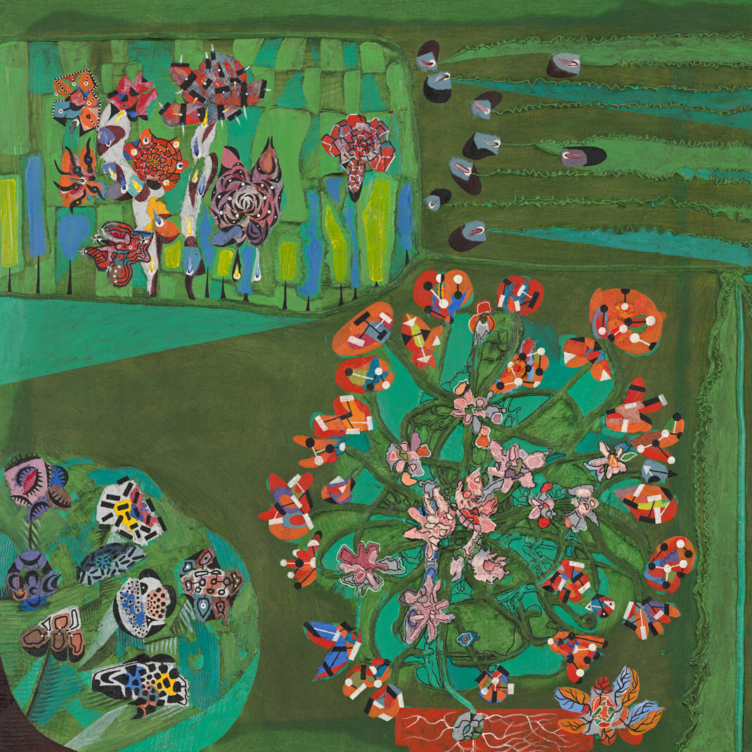 Garden of Delight
Garden of Delight
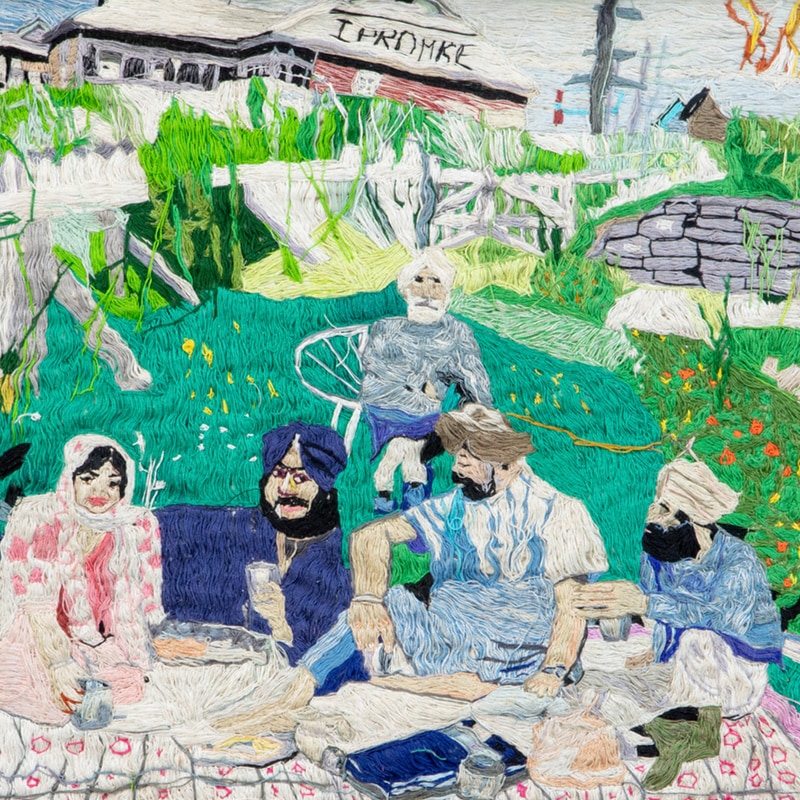 Stitching the Archives
Stitching the Archives
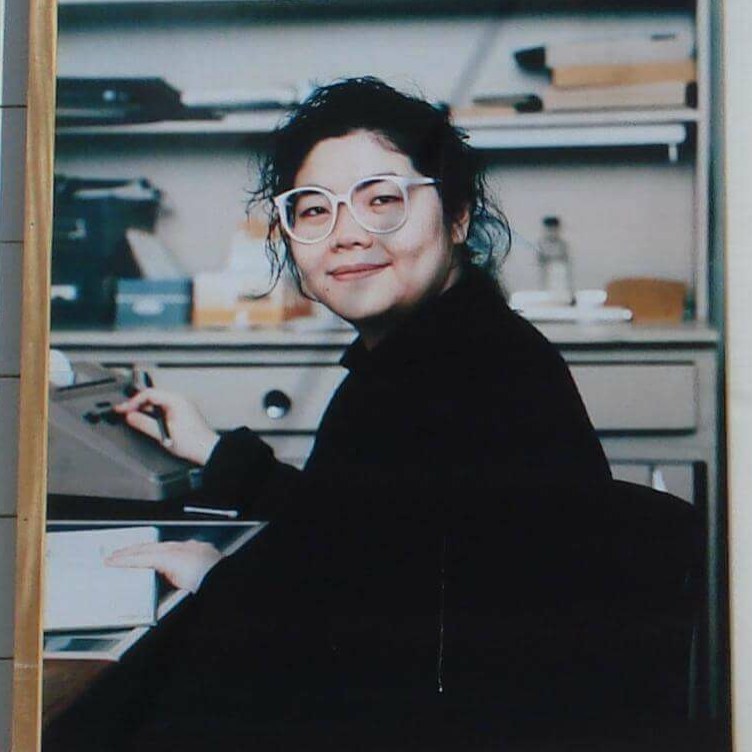 A Working-Class Hero
A Working-Class Hero
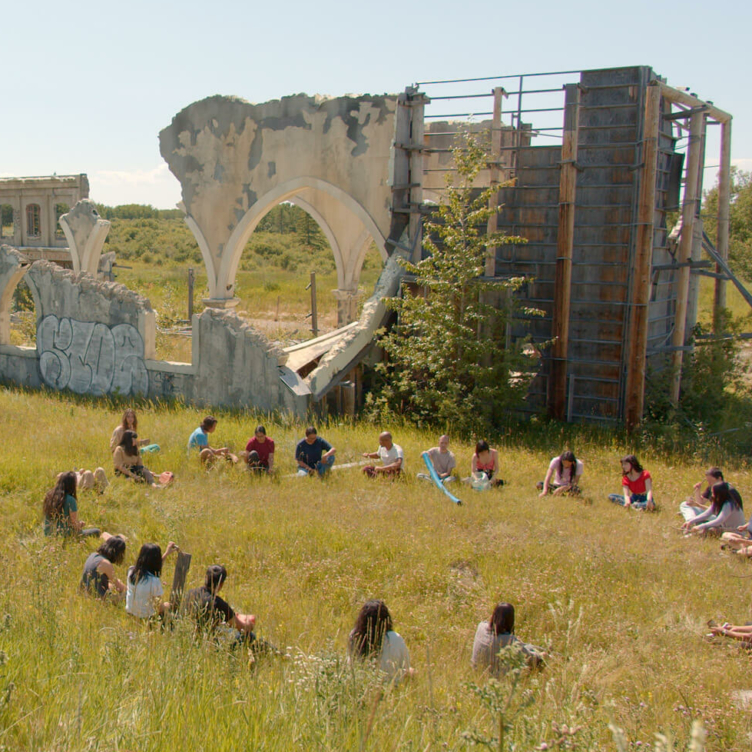 Imagining Entangled Futures
Imagining Entangled Futures
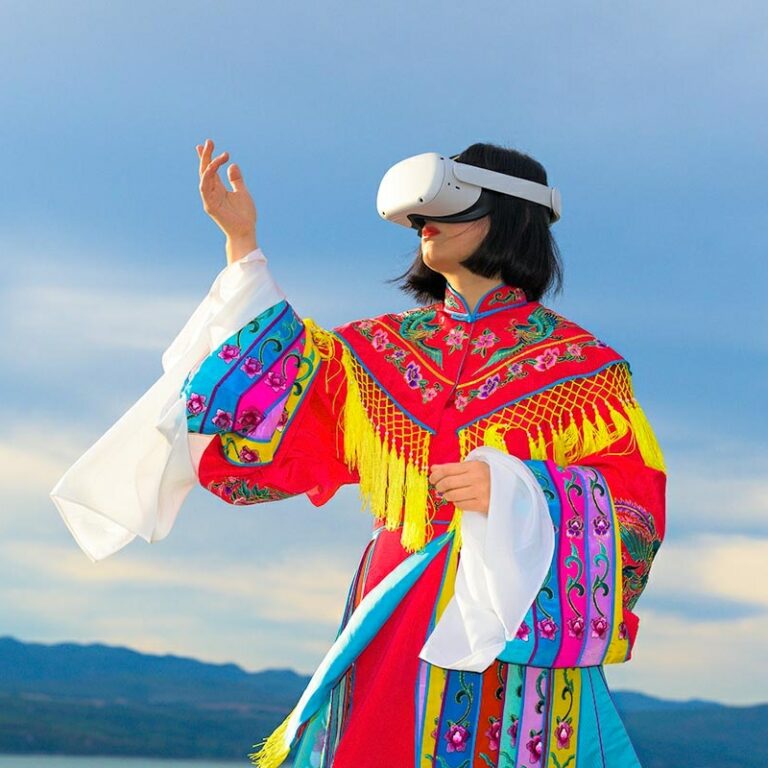 Bridging Far and Near
Bridging Far and Near
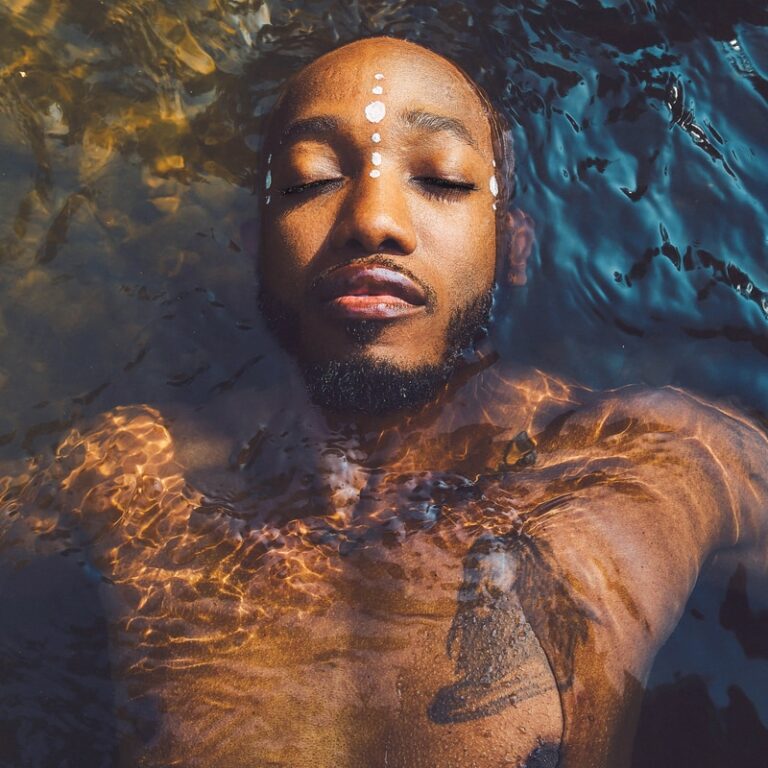 Soft Power
Soft Power
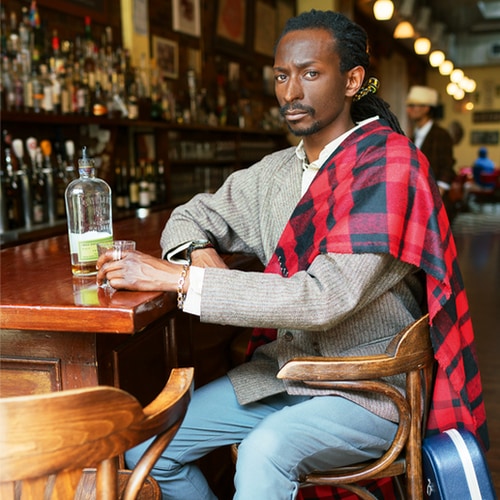 Imagining Emancipation
Imagining Emancipation
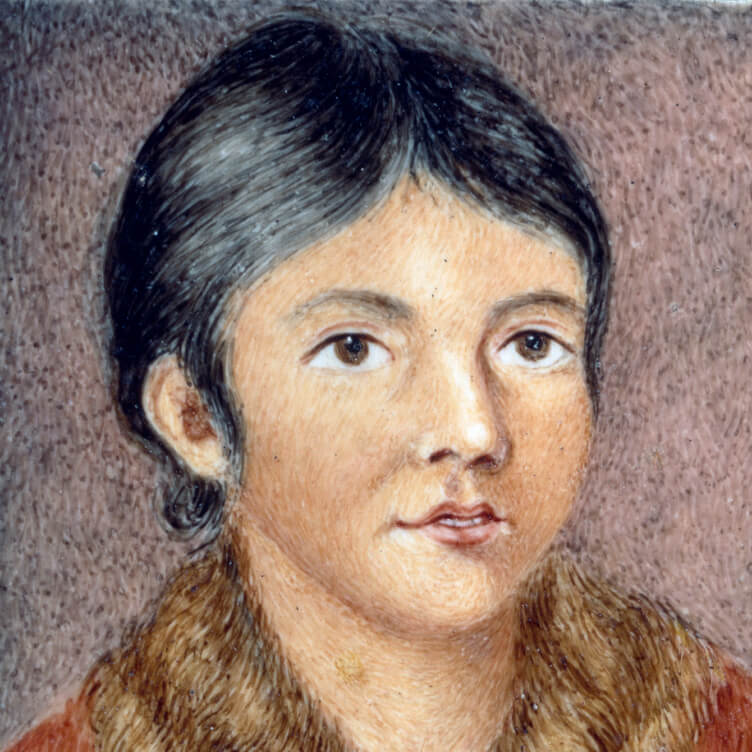 A Priceless Portrait
A Priceless Portrait
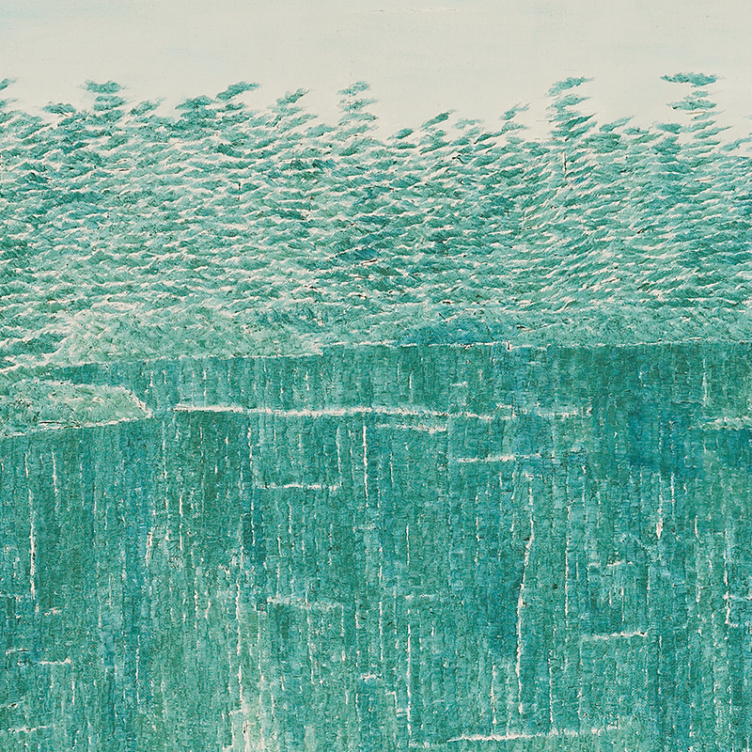 Meditation in Monochrome
Meditation in Monochrome
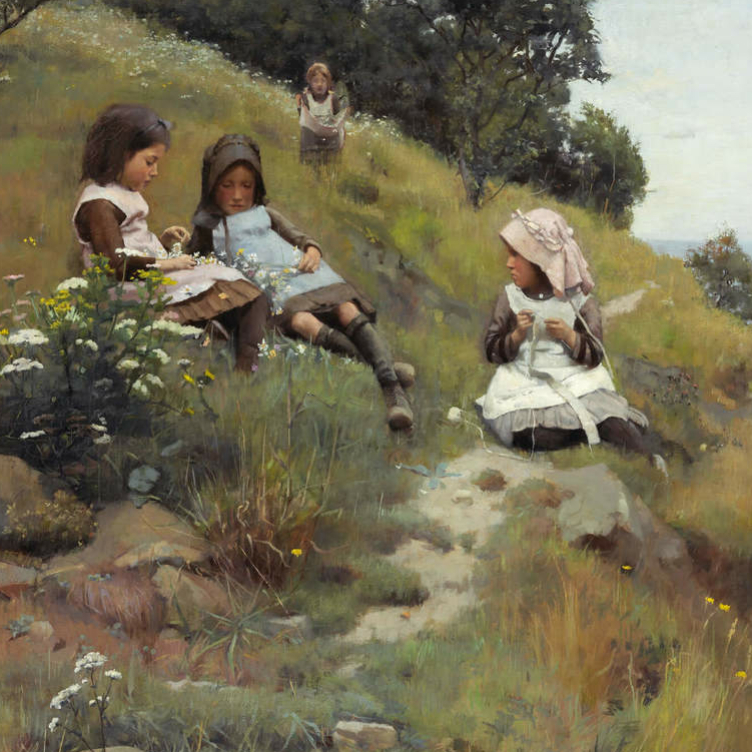 Making His Mark
Making His Mark
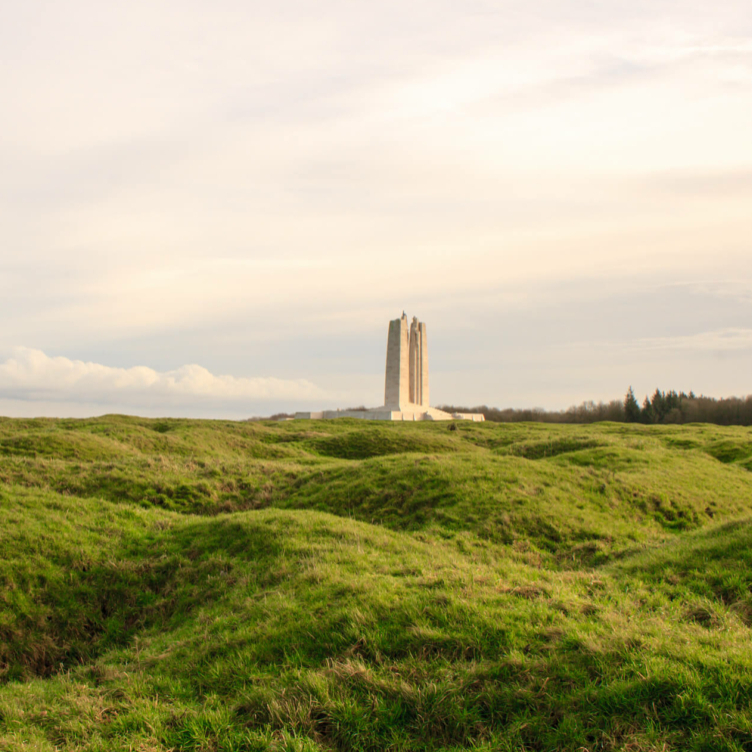 Honour and Sacrifice
Honour and Sacrifice